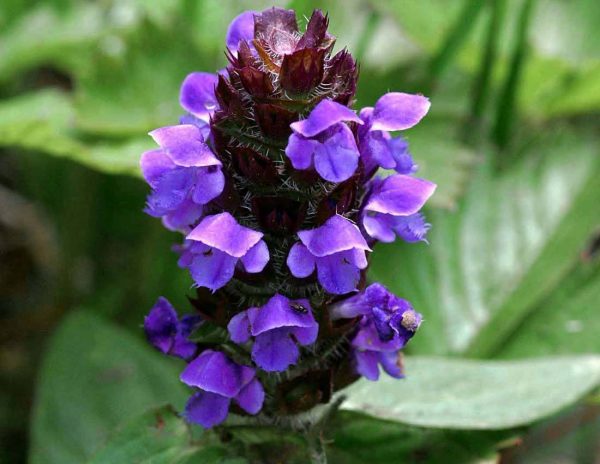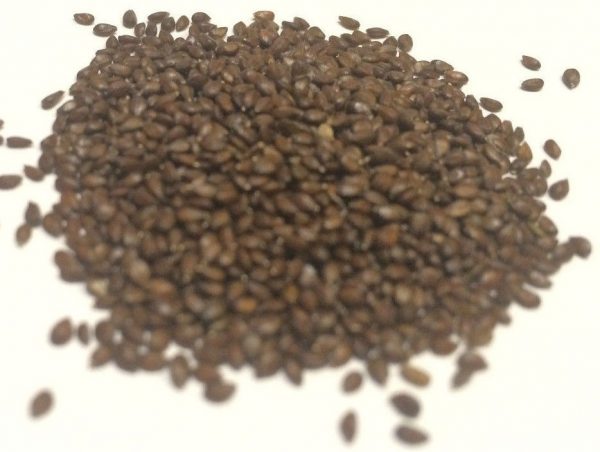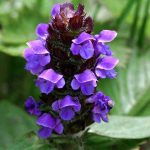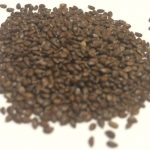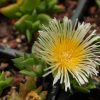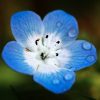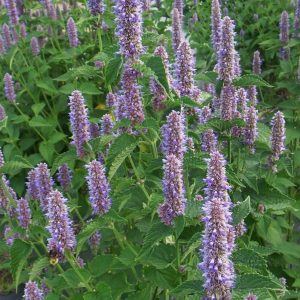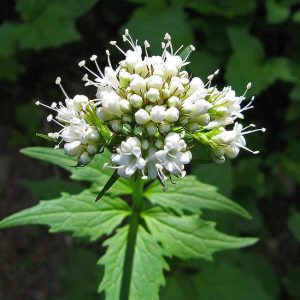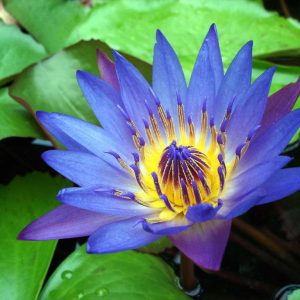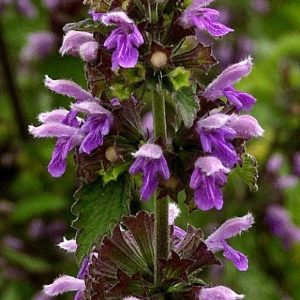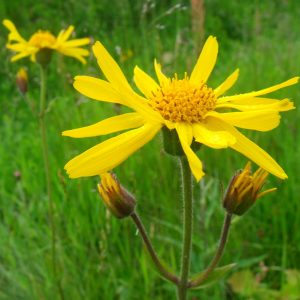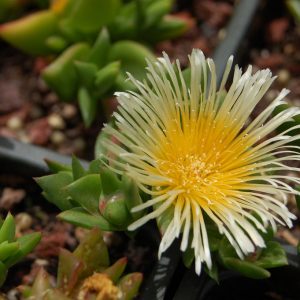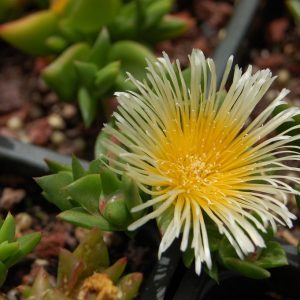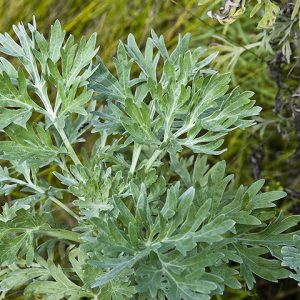Description
Prunella vulgaris – L.
Common Name Self-Heal, Common selfheal, Aleutian selfheal, Lance selfheal Family Lamiaceae or Labiatae USDA hardiness 3-7 Known Hazards None known Habitats Waste ground, grassland, woodland edges etc, usually on basic and neutral soils[9, 17]. Range Europe, including Britain, from Norway south and east to N. Africa and temperate Asia.
Germination Instructions:
Sowing:
Prunella vulgaris can be sown directly where they are to grow any time of the year,
It can even be sown direct into lawns – ideally after the lawn has been scarified.
Sowing Direct: :
Choose a position, ideally in part shade in moist soil. Prepare the ground well and rake to a fine tilth.
Sow seed sparingly or they will choke out other seedlings. Sow on the surface and spaced 30cm (12in) apart and cover the seed with its own depth of soil to exclude light.
If sowing more than one annual in the same bed, mark the sowing areas with a ring of sand and label.
The seedlings will appear in rows approx 6 to 8 weeks after planting and can be easily told from nearby weed seedlings. Thin the seedlings out so they are at least 30cm (12in) apart by early summer.
Water the ground regularly, especially during dry periods. The plants may be easily transplanted in clumps.
Heal All is also frequently referred to as Selfheal or Lanceleaf Selfheal. It is a flower that grows along roadsides and in open meadows. Heal All is a native flower, but apart from its North American roots it has also been found throughout Europe and Asia. Considered an herb, Heal All is thought to have several medicinal uses. For centuries it has been used to cure or aid the symptoms of almost every possible malady. Common folklore held that it was an herb sent by God to heal any ailment of man or animal. Recent research suggests that it may have some consistent medical uses. When Heal All grows to a certain height it will lean, and when it leans far enough the top of the plant attaches itself to the ground and grows new roots into it. Heal All will thrive in soil that provides medium moisture levels, as long as it is planted in an area that receives full sun, or partial shade. It transplants well, so it can be started indoors. The seeds should be sown in the fall, for Northwest planting. In other areas, with warmer climates, they should be planted in the early spring. Native flowers need cold weather to help them out of the ground. They often grow at a slower rate and may take up to three years to fully establish themselves.
All Seed count is done by weigh, all seed count is final
500 seeds = .35g



